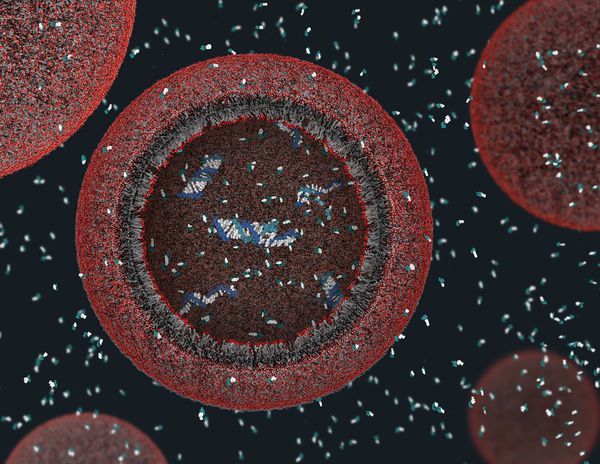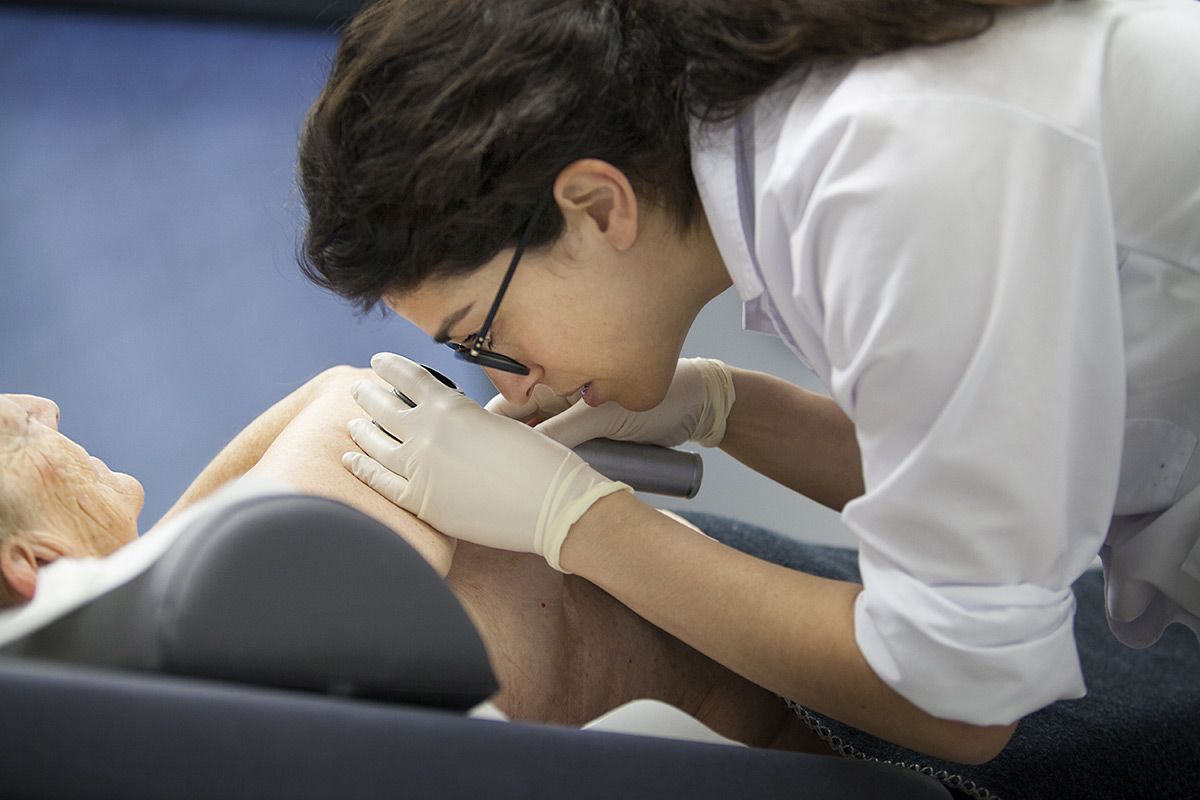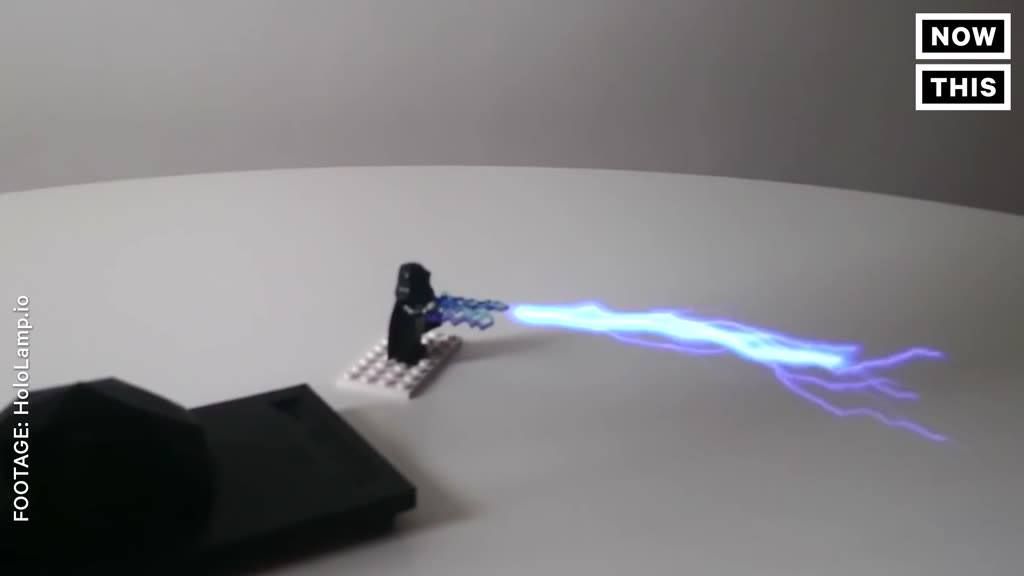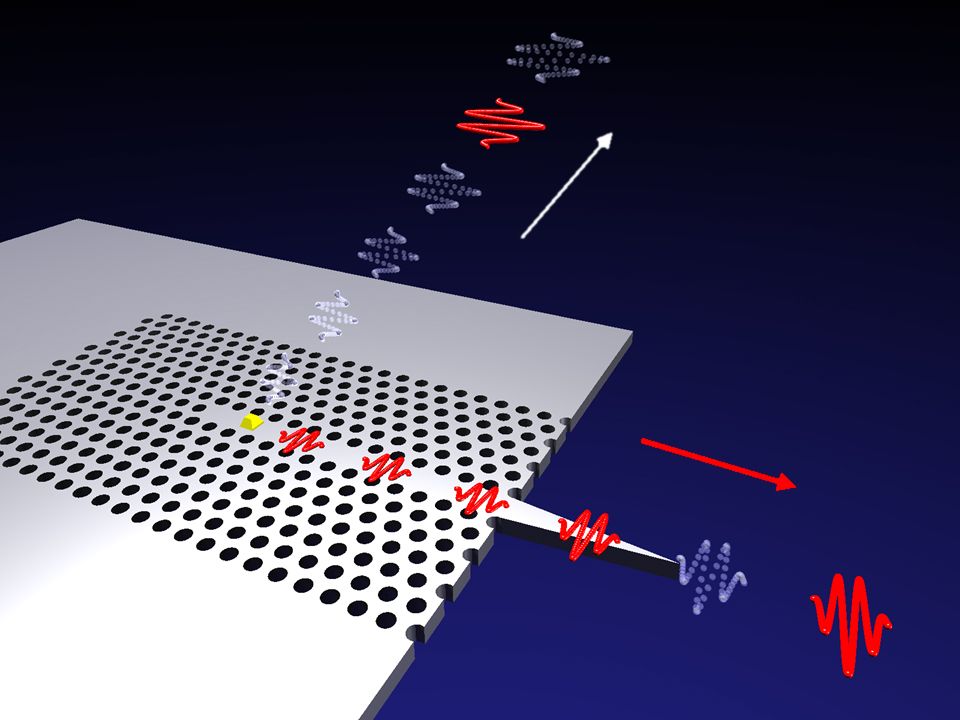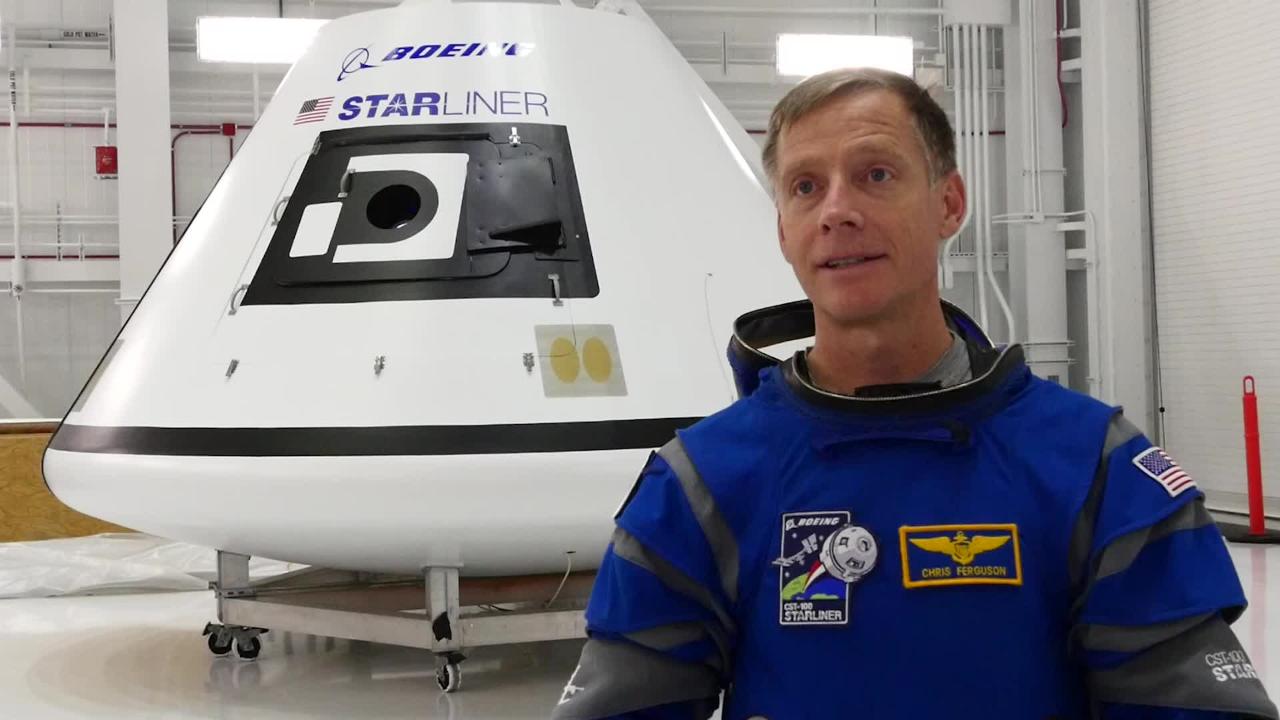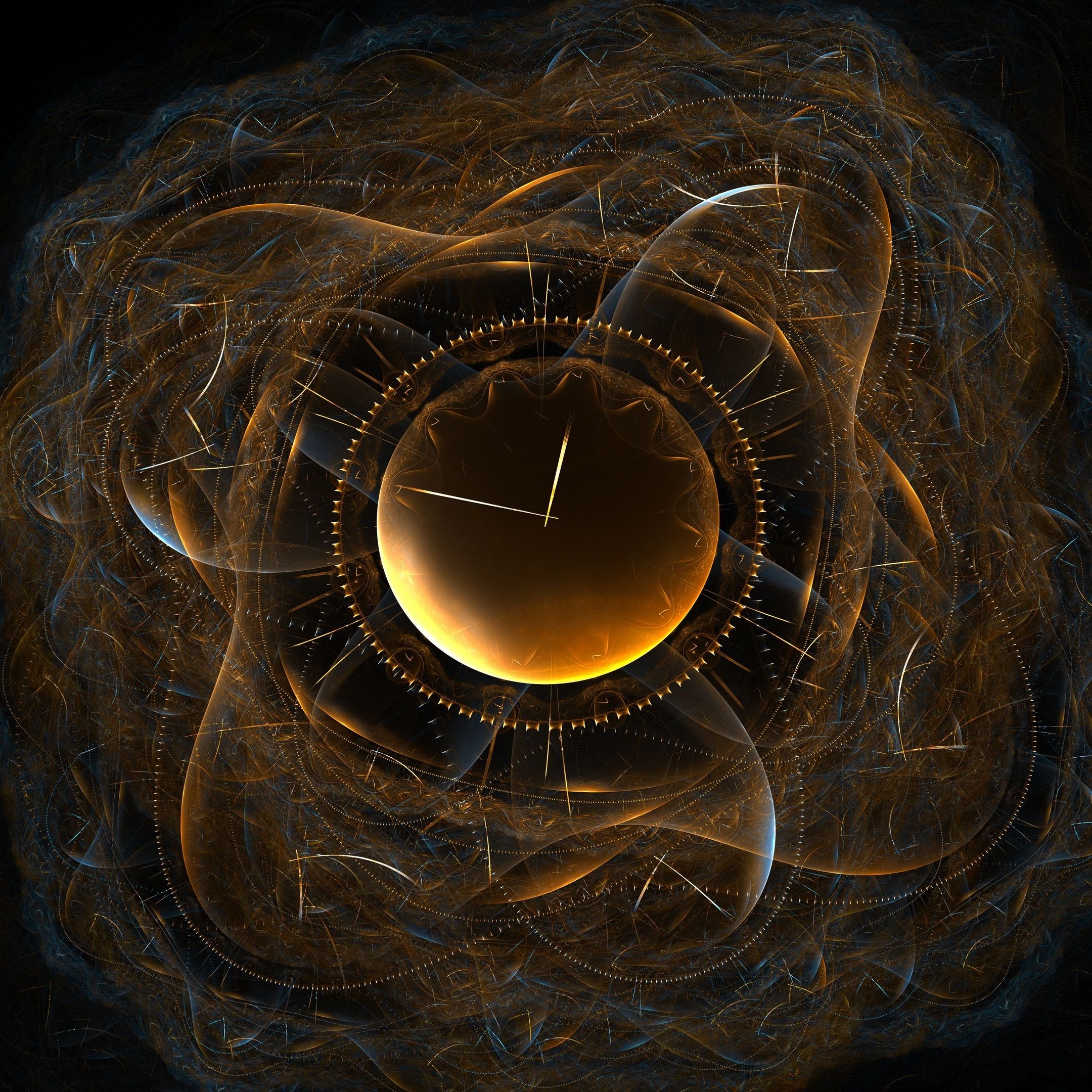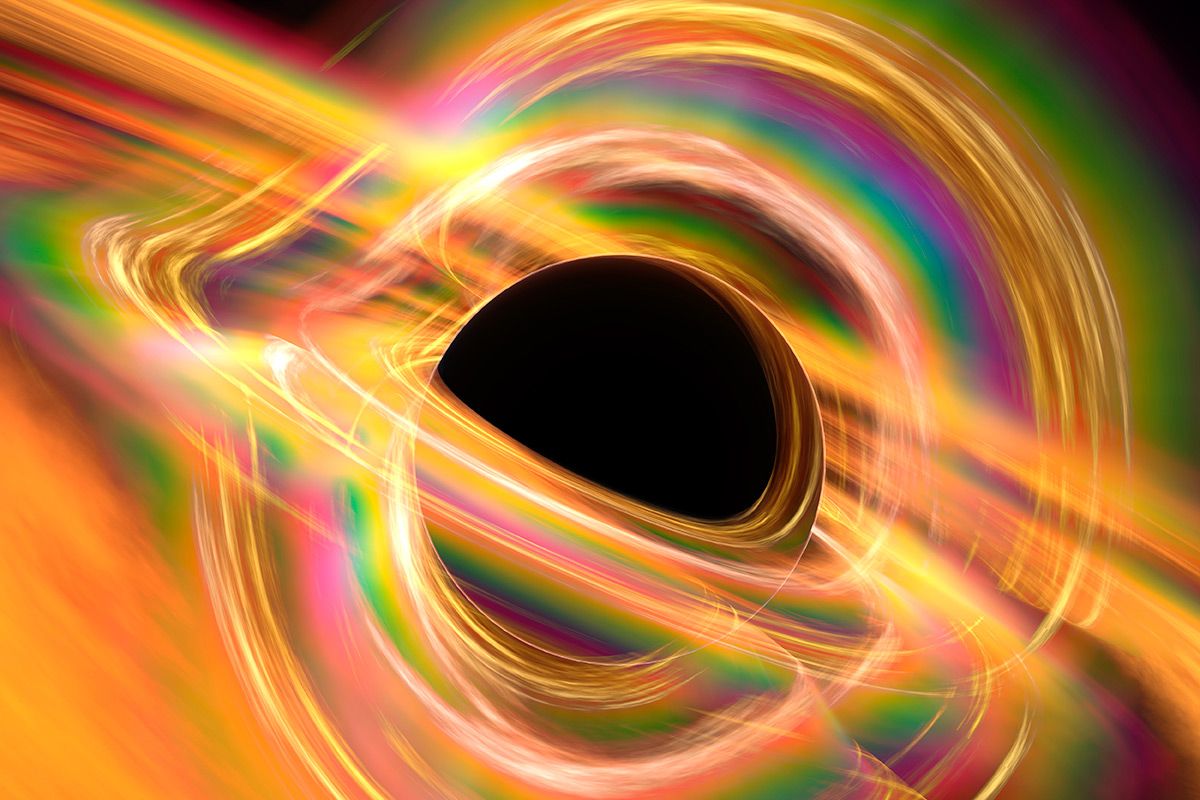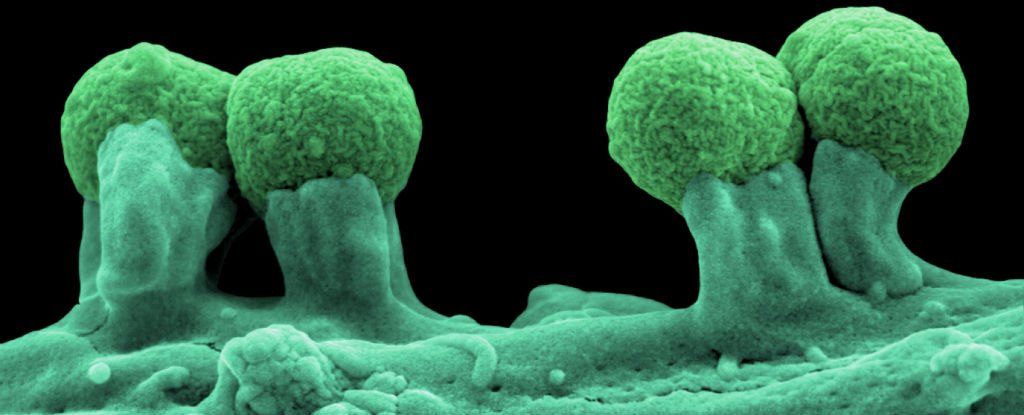To better understand how life might have started on Earth.
Advanced photonic nanostructures are well on their way to revolutionising quantum technology for quantum networks based on light. Researchers from the Niels Bohr Institute have now developed the first building blocks needed to construct complex quantum photonic circuits for quantum networks. This rapid development in quantum networks is highlighted in an article in the journal Nature.
Quantum technology based on light (photons) is called quantum photonics, while electronics is based on electrons. Photons (light particles) and electrons behave differently at the quantum level. A quantum entity is the smallest unit in the microscopic world. For example, photons are the fundamental constituent of light and electrons of electric current. Electrons are so-called fermions and can easily be isolated to conduct current one electron at a time. In contrast photons are bosons, which prefer to bunch together. But since information for quantum communication based on photonics is encoded in a single photon, it is necessary to emit and send them one at a time.
In Brief Science fiction often serves as a curiosity catalyst for a lot of technological innovation. One such example is this Alcubierre Warp Drive, that would absolutely revolutionize the capability of humans to traverse the stars.
It’s always a welcome thing to learn that ideas that are commonplace in science fiction have a basis in science fact. Cryogenic freezers, laser guns, robots, silicate implants… and let’s not forget the warp drive! Believe it or not, this concept – alternately known as FTL (Faster-Than-Light) travel, Hyperspace, Lightspeed, etc. – actually has one foot in the world of real science.
In physics, it is what is known as the Alcubierre Warp Drive. On paper, it is a highly speculative, but possibly valid, solution of the Einstein field equations, specifically how space, time and energy interact. In this particular mathematical model of spacetime, there are features that are apparently reminiscent of the fictional “warp drive” or “hyperspace” from notable science fiction franchises, hence the association.
CST-100 Starliner Space Suit Rollout
Posted in space
Clocking the speed of dark
Posted in space
Scientists have engineered the first ever ‘semi-synthetic’ organisms, by breeding E. coli bacteria with an expanded, six-letter genetic code.
While every living thing on Earth is formed according to a DNA code made up of four bases (represented by the letters G, T, C and A), these modified E. coli carry an entirely new type of DNA, with two additional DNA bases, X and Y, nestled in their genetic code.
The team, led by Floyd Romesberg from the Scripps Research Institute in California, engineered synthetic nucleotides — molecules that serve as the building blocks of DNA and RNA — to create an additional base pair, and they’ve successfully inserted this into the E. coli’s genetic code.
